In the mist-shrouded mountains of Yunnan, China, and select pockets of Southeast Asia, a living legacy thrives—the ancient tea trees, locally revered as Cha Wang Shu or “Tea King Trees.” These arboreal titans, some towering over 30 meters tall and boasting ages that stretch into centuries, are not merely remnants of a bygone era but the beating heart of a tea culture that predates recorded history. Their leaves, plucked with ritualistic precision, yield a brew celebrated for its unparalleled depth, complexity, and mystique. But what exactly renders Cha Wang Shu古树茶 (ancient tree tea) a connoisseur’s treasure? This exploration delves into the botanical marvels, cultural significance, and sensory wonders that define these venerable plants.
The Botanical Marvels of Cha Wang Shu
To comprehend the allure of Cha Wang Shu, one must first grasp its botanical identity. Unlike commercial tea plantations, which often rely on cloned bushes or younger trees, ancient tea trees are wild, untamed, and genetically diverse. Many belong to the Camellia sinensis var. assamica species, native to the Indo-Burma biodiversity hotspot. Their longevity—often exceeding 800, even 1,000 years—is a testament to their resilience. These trees have weathered epochs of climate change, human conflict, and ecological shifts, developing adaptive traits that younger cultivars lack.
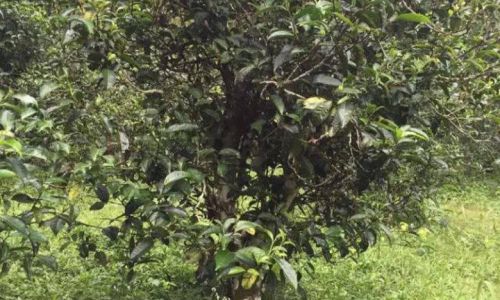
Root Systems and Nutrient Absorption
The age of Cha Wang Shu translates to extraordinary root networks. Over centuries, their roots penetrate deep into the earth, sometimes reaching subterranean water sources and mineral-rich strata. This profound anchorage allows the trees to absorb a spectrum of nutrients unavailable to shallow-rooted plants. The result is leaves imbued with higher concentrations of minerals like magnesium, potassium, and trace elements, which contribute to the tea’s robust flavor and therapeutic properties.
Canopy Structure and Photosynthesis
Ancient tea trees grow into sprawling canopies, their branches arched like the fingers of a giant. This architecture maximizes sunlight exposure while fostering microclimates beneath the foliage. The dappled light filtering through creates a mosaic of shade and illumination, slowing photosynthesis and extending the leaf’s growth period. This “stress” on the plant leads to the accumulation of secondary metabolites—polyphenols, amino acids, and chlorophyll derivatives—that amplify the tea’s complexity.
Biodiversity and Ecological Harmony
Cha Wang Shu forests are ecosystems unto themselves. These ancient groves harbor lichens, mosses, and epiphytic plants, while providing habitat for rare birds, insects, and mammals. The trees’ presence stabilizes soil, prevents erosion, and maintains hydrological cycles. Unlike monoculture plantations, which rely on pesticides and fertilizers, ancient tea forests thrive in symbiosis with their environment, a fact reflected in the tea’s purity.
The Harvest: Ritual and Rarity
Plucking leaves from Cha Wang Shu is no ordinary agricultural task—it is a dance with tradition. Harvesters, often members of ethnic minority groups like the Dai, Hani, or Bulang, scale the trees using bamboo ladders or climb barehanded, a skill passed through generations. They target only the youngest, most tender leaves and buds, ensuring the tree’s vigor remains undiminished.
Seasonal Precision
Timing is paramount. The pre-qingming (before Qingming Festival) harvest, occurring in early spring, is prized for yielding the finest leaves. During this period, the trees emerge from dormancy, and their first flush of growth carries concentrated flavors. However, ancient trees may only be harvested once or twice annually, unlike younger plants that endure multiple pluckings. This scarcity amplifies the tea’s exclusivity.
Ethical Stewardship
Sustainability is intrinsic to the culture of Cha Wang Shu. Harvesters adhere to unwritten codes: never over-pluck, leave offerings to ancestral spirits, and replant saplings to ensure future generations. This ethos contrasts sharply with the exploitation often seen in commercial tea farming, where profit trumps preservation.
Processing: Artisanal Alchemy
The journey from leaf to cup involves meticulous craftsmanship. While methods vary by region and ethnic group, the philosophy remains consistent—honor the leaf’s innate character.
Withering and Oxidation
Leaves are spread on bamboo mats or woven trays to wither, a process that softens their texture and initiates enzymatic oxidation. Unlike black tea, which undergoes full oxidation, or green tea, which is minimally oxidized, Cha Wang Shu often follows a sheng pu-erh (raw pu-erh) or oolong oxidation spectrum. Master tea makers adjust humidity and temperature to coax specific flavors—floral, fruity, or vegetal notes—from the leaves.
Rolling and Shaping
Gentle rolling breaks down cell walls, releasing enzymes and juices. For Cha Wang Shu, this step is executed with restraint to preserve the leaf’s integrity. The result is a tea that unfurls beautifully during brewing, a visual spectacle akin to a blooming flower.
Sun-Drying and Aging
Many Cha Wang Shu teas are sun-dried, a natural method that imparts a sun-kissed sweetness. Some are then compressed into cakes or bricks and aged for decades, during which microbial fermentation transforms the tea into a living artifact. The oldest pu-erh cakes, some dating to the Qing Dynasty, fetch astronomical prices at auctions.
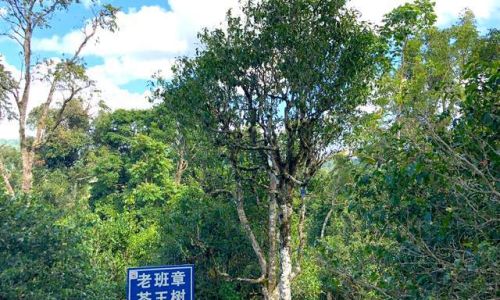
Sensory Profile: A Symphony of Flavors
The true magic of Cha Wang Shu lies in its cup. Each sip unfolds like a narrative, with layers of taste and aroma revealing themselves over multiple infusions.
Aromatic Complexity
The dry leaf exudes earthy, woodsy scents—petrichor, damp moss, or aged cedar. As hot water meets the leaves, the aroma evolves: honeysuckle, osmanthus, or ripe stone fruit may emerge, interlaced with hints of camphor or wild herbs.
Taste and Texture
The liquor is typically thick and viscous, coating the palate like silk. Flavors range from bittersweet chocolate and roasted chestnuts to floral honey and green melon. A characteristic hui gan (returning sweetness) lingers after swallowing, a phenomenon where bitterness transforms into a lingering, mouthwatering sweetness.
Ch’i (Energy) and Aftereffects
Devotees often speak of Cha Wang Shu’s ch’i—a non-scientific term for the tea’s perceived vitality. Some report a warming sensation in the chest, heightened mental clarity, or a sense of grounding. While these effects are subjective, they underscore the tea’s holistic appeal.
Health and Wellness: Beyond the Cup
Traditional Chinese medicine has long revered ancient tree tea for its purported healing properties. Modern science is beginning to validate these claims.
Antioxidant Powerhouse
Cha Wang Shu is rich in catechins, particularly EGCG, a compound linked to reduced inflammation and oxidative stress. Studies suggest regular consumption may lower the risk of chronic diseases, including cardiovascular issues and certain cancers.
Gut Health and Detoxification
The tea’s polyphenols and probiotic microorganisms (during aging) promote a healthy gut microbiome. In pu-erh, statins—molecules that mimic cholesterol-lowering drugs—have been identified, though their bioavailability requires further study.
Mental Well-Being
L-theanine, an amino acid abundant in tea, induces relaxation without drowsiness. Paired with caffeine, it creates a state of “alert calm,” ideal for meditation or focused work.
Cultural and Spiritual Significance
For ethnic minorities in Yunnan, Cha Wang Shu is more than a beverage—it is a sacred link to ancestors and nature.
Ritual Offerings
Before harvesting, communities perform ceremonies to honor the tree spirits. Offerings of rice wine, incense, or even a portion of the first pluck are left to ensure the trees’ continued bounty.
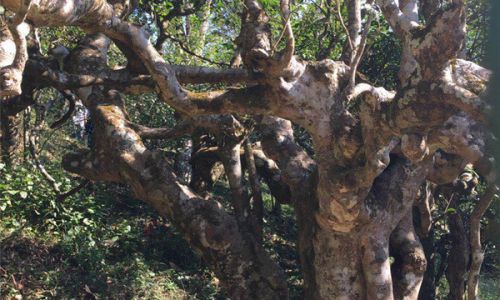
Tea as Currency and Diplomacy
Historically, ancient tree tea served as currency along the Tea Horse Road, a network of trade routes connecting China with Tibet, India, and beyond. Bricks of compressed tea were used to barter for horses, salt, and spices, forging cultural and economic alliances.
Modern Revival
In an era of industrialization, Cha Wang Shu represents a countercultural movement. Young urbanites are rediscovering tea ceremonies, while luxury brands market ancient tree blends as status symbols. However, this surge in demand has sparked debates about authenticity, with counterfeit “ancient tree” teas flooding the market.
Challenges and Conservation
The future of Cha Wang Shu hangs in the balance. Climate change, deforestation, and overharvesting threaten these fragile ecosystems.
Climate Vulnerability
Rising temperatures and erratic rainfall patterns stress ancient trees, altering their growth cycles. In 2023, a prolonged drought in Yunnan devastated several groves, underscoring the urgency of conservation.
Certification and Authenticity
The lack of standardized certification allows unscrupulous vendors to pass off younger tea as Cha Wang Shu. Initiatives like DNA barcoding and blockchain tracing are emerging to verify provenance, but they remain inaccessible to small-scale farmers.
Community-Led Conservation
Grassroots efforts, such as eco-tourism and fair-trade cooperatives, empower local communities to protect their forests. By linking sustainability to livelihoods, these models offer hope for the trees’ survival.
Conclusion: A Taste of Immortality
Cha Wang Shu古树茶 is not merely a drink—it is a bridge to the past, a testament to nature’s endurance, and a canvas for human artistry. Each cup tells a story: of monsoon rains nourishing ancient roots, of harvesters scaling gnarled branches, of generations gathered around a fire to share the brew. In a world obsessed with novelty, these venerable trees remind us that some truths are worth waiting for—a millennium, if necessary. To sip Cha Wang Shu is to taste time itself, to honor the earth’s wisdom, and to partake in a legacy that transcends generations. As long as these sentinels of the forest stand, the soul of tea will endure.


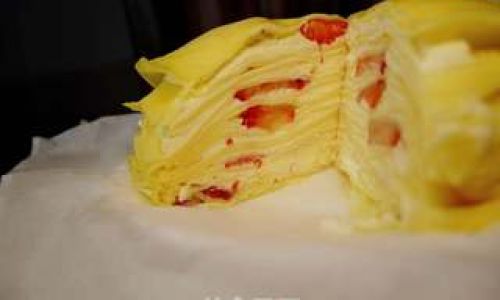
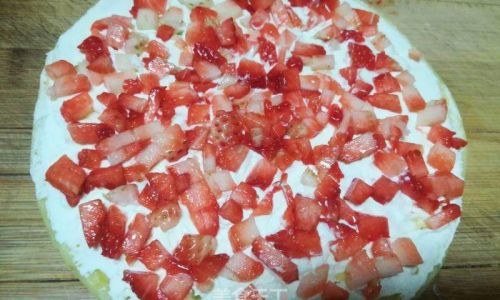
0 comments